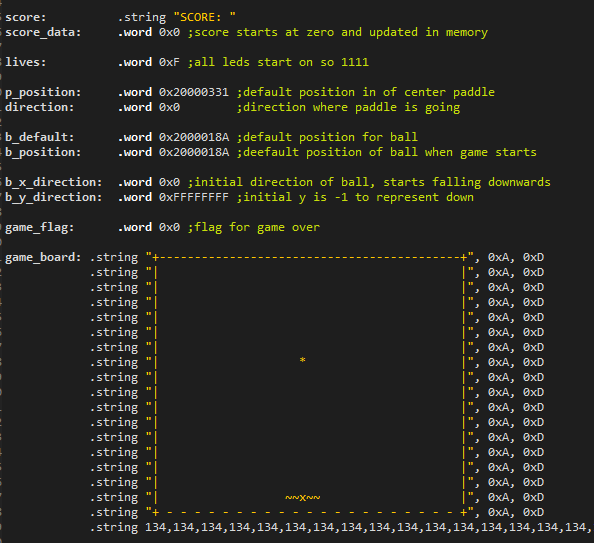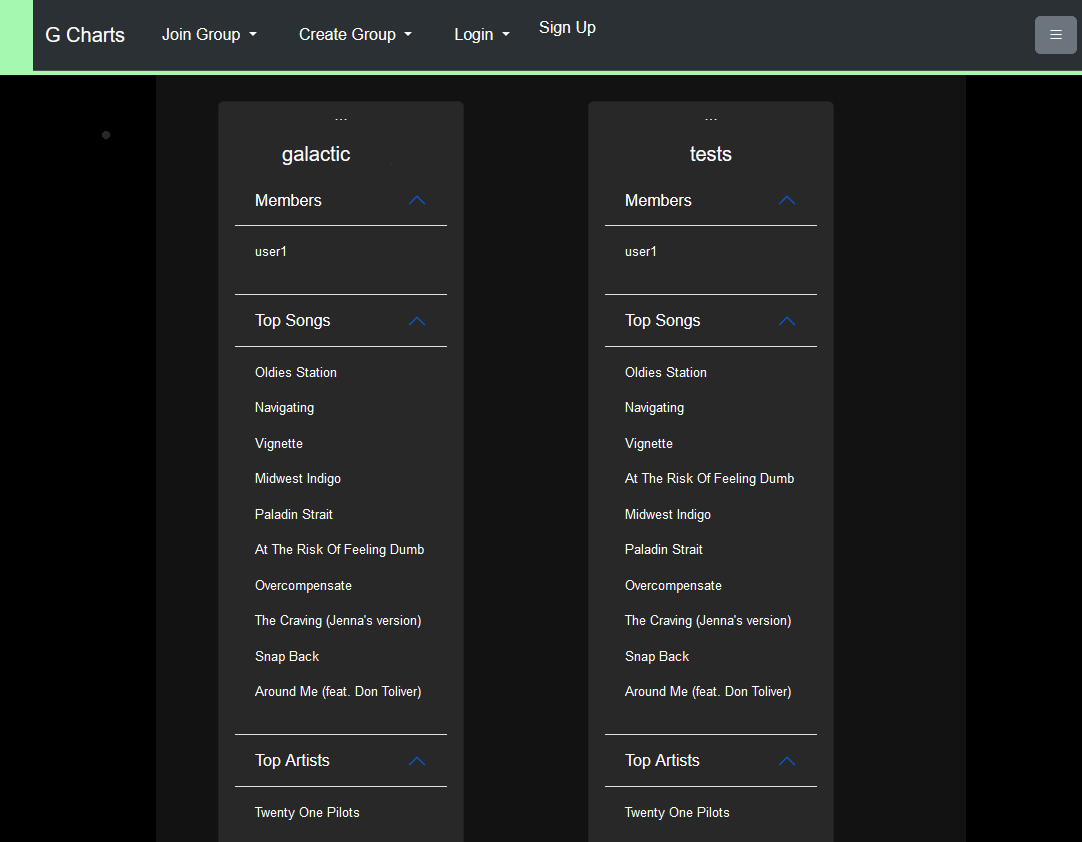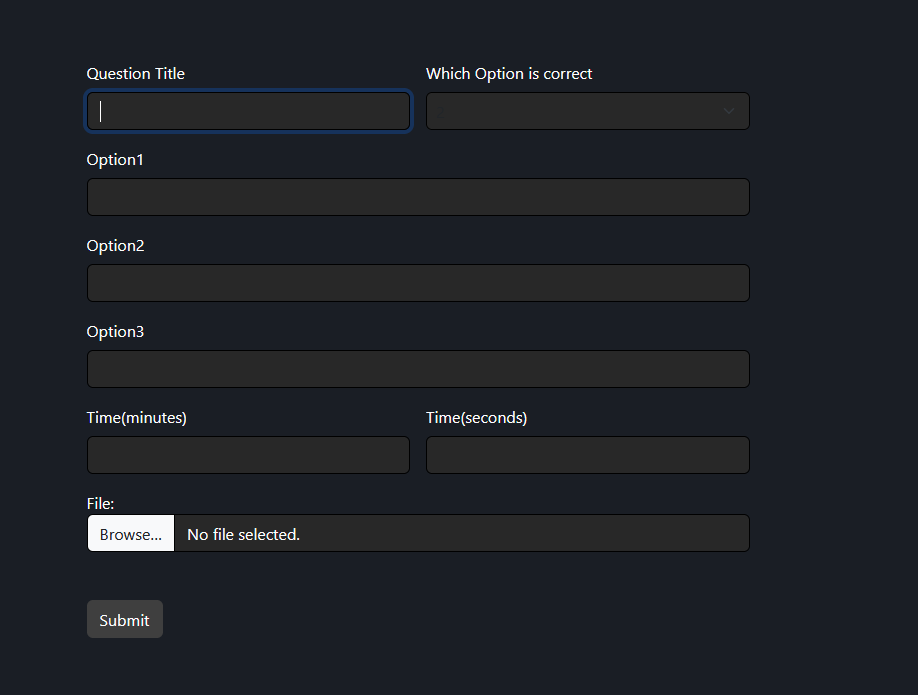Projects
Click here to read more
Calculating Traffic Delay using Object Detection
by Bryan Rambo & Jonathan Jeong
Technologies Used: You Only Look Once(YOLO), Python
Traffic delays are challenging to calculate accurately due to constantly changing road conditions. This project focuses on detecting road objects, signs, and environments to estimate delays for specific regions. The goal is to provide more precise traffic delay estimates, benefiting daily commuters and emergency responders with the goal of offering real-time delay information.
This project used a YOLO-based neural network for real-time object detection in dashcam video footage of the University at Buffalo (UB) campus. YOLO was chosen for its speed and accuracy compared to other models. The system detected objects like stop signs, cars, and pedestrians to estimate traffic delays.
The project shows the potential of AI for traffic analysis and navigation enhancement. While effective, future improvements require custom-trained models for better accuracy on underrepresented features like crosswalks.
8-Bit Processor Design and Implementation (Group Project)
Technologies Used: Verilog, Xilinx Vivado, Basys 3 FPGA
A group project for CSE 490: Computer Architecture
This project involved the design, simulation, and hardware implementation of a custom 8-bit single-cycle processor using Verilog and Xilinx Vivado. The processor architecture included core components such as an ALU, instruction memory, data memory, register file, program counter, control unit, and multiplexers, all implemented using structural Verilog.
The processor was first verified through software simulation to ensure correct execution of instructions. A bitstream was then generated and deployed to a Basys 3 FPGA board for hardware testing and validation. The final deliverables included fully functional Verilog code, a formal report with schematics and simulation results, and a live demonstration showcasing the processor running in both simulation and on physical hardware.
The project emphasized hardware description language development, FPGA programming, digital system integration, and collaborative design.
Sensors Applicaation
Technologies Used: React Native, Expo, Smartphone
Class Project for EE526 Solo Project to create a mobile app that reads live data on 5 of a smartphone’s built in sensors.
Ride Engineering Competion
Technologies Used: Arduino, SketchUp, Accelerometer, Hall effect sensors, programmable LED lights, LCD display, Bluetooth
Created a 1/50 scale roller coaster for a Ride engineering competition adhering to industry standards and ASTM F24 requirements.
Atari Breakout
Technologies Used: ARM, C, TIVA(Microprocessor)
A remake of the classical arcade game Breakout! Done using low level programming specficcally ARM assembly language. Duo project for the course CSE 379 Intro to Microprocessors.
Galactic Charts
Technologies Used: Python, Flask, Docker, HTML, CSS, MongoDB, Bootstrap
A personal project, galactic charts compares music listening history of users according to their spotify listening history and makes a list of the most in common songs, and artists.
First version is shown to the right while most recent is down below
Improvements are still being made such as working on an auto create playlist feature, apple music support, and more.
Bottom Hat
Technologies Used: Python, Flask, HTML, CSS, Docker, MongoDB
A twist on the well known quiz app TopHat, A 3 person class project for CSE 312 bottom hat is a quiz platform where users can enter their quiz questions for others to see and answer within a set time limit, a scoreboard is featured at the end with results.
Website currently down but featured at the domain: bottomhat.net














